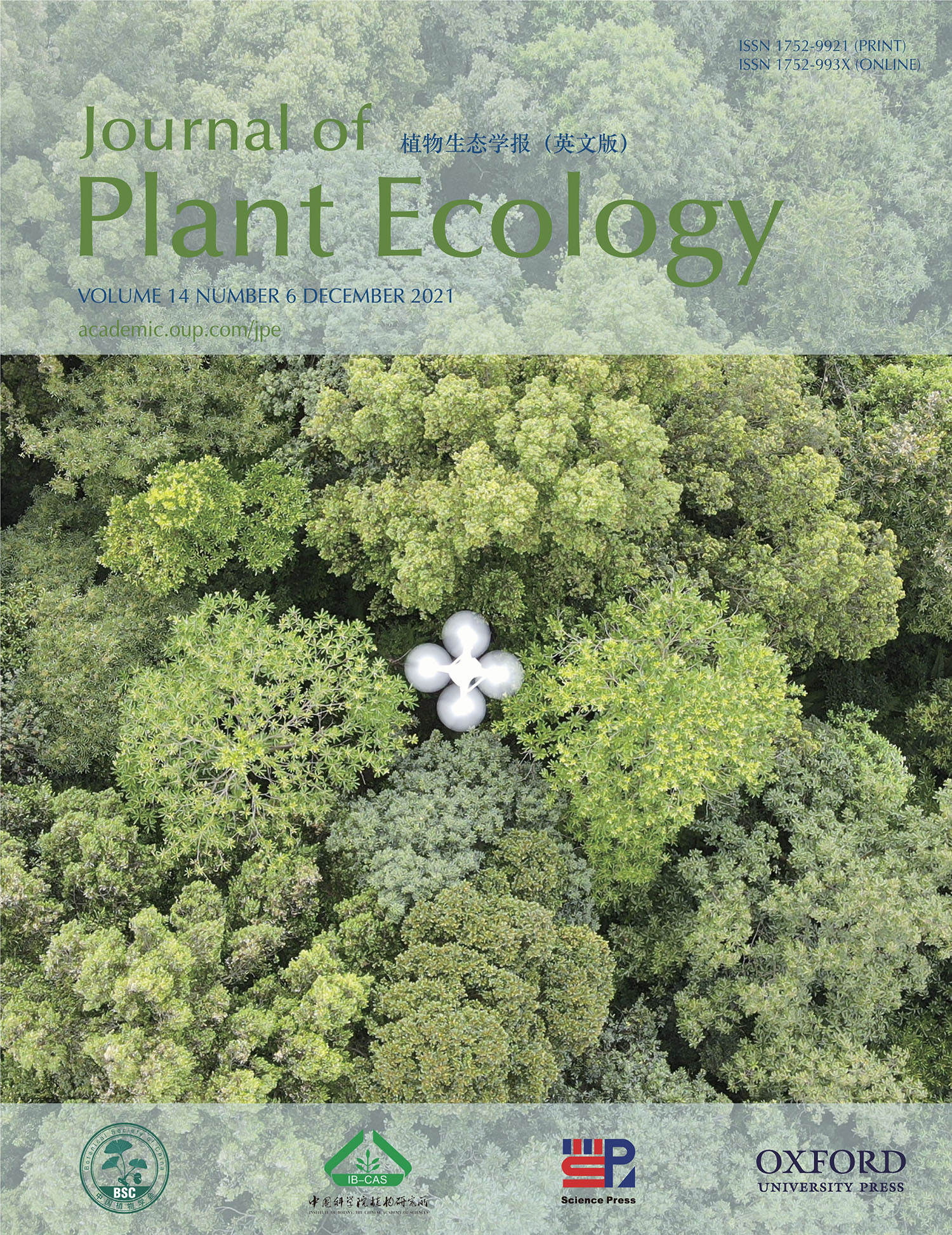Current Issue
-
 Volume 14 Issue 6
Volume 14 Issue 6
A mini drone flies above the forest canopy to collect RGB and multispectral data. Crowns vary with species and phenological periods and show species-specific characteristics in the picture. The collected data can be used for species classification, phenological monitoring, health assessment and canopy structure study. As a new remote sensing approach, drones can provide more possibilities and opportunities for plant ecology studies, especially for canopy studies. Photo taken by Zhongyu Sun. See Sun et al. in this issue.
IF: 3.9
CiteScore: 5.7
CiteScore: 5.7
Editors-in-Chief
Yuanhe Yang
Bernhard Schmid
Yuanhe Yang
Bernhard Schmid
CN 10-1172/Q
ISSN 1752-9921(print)
ISSN 1752-993X(online)
ISSN 1752-9921(print)
ISSN 1752-993X(online)







